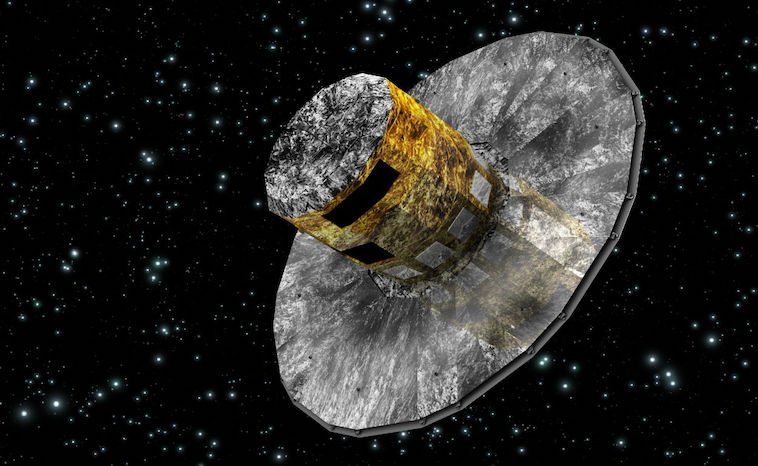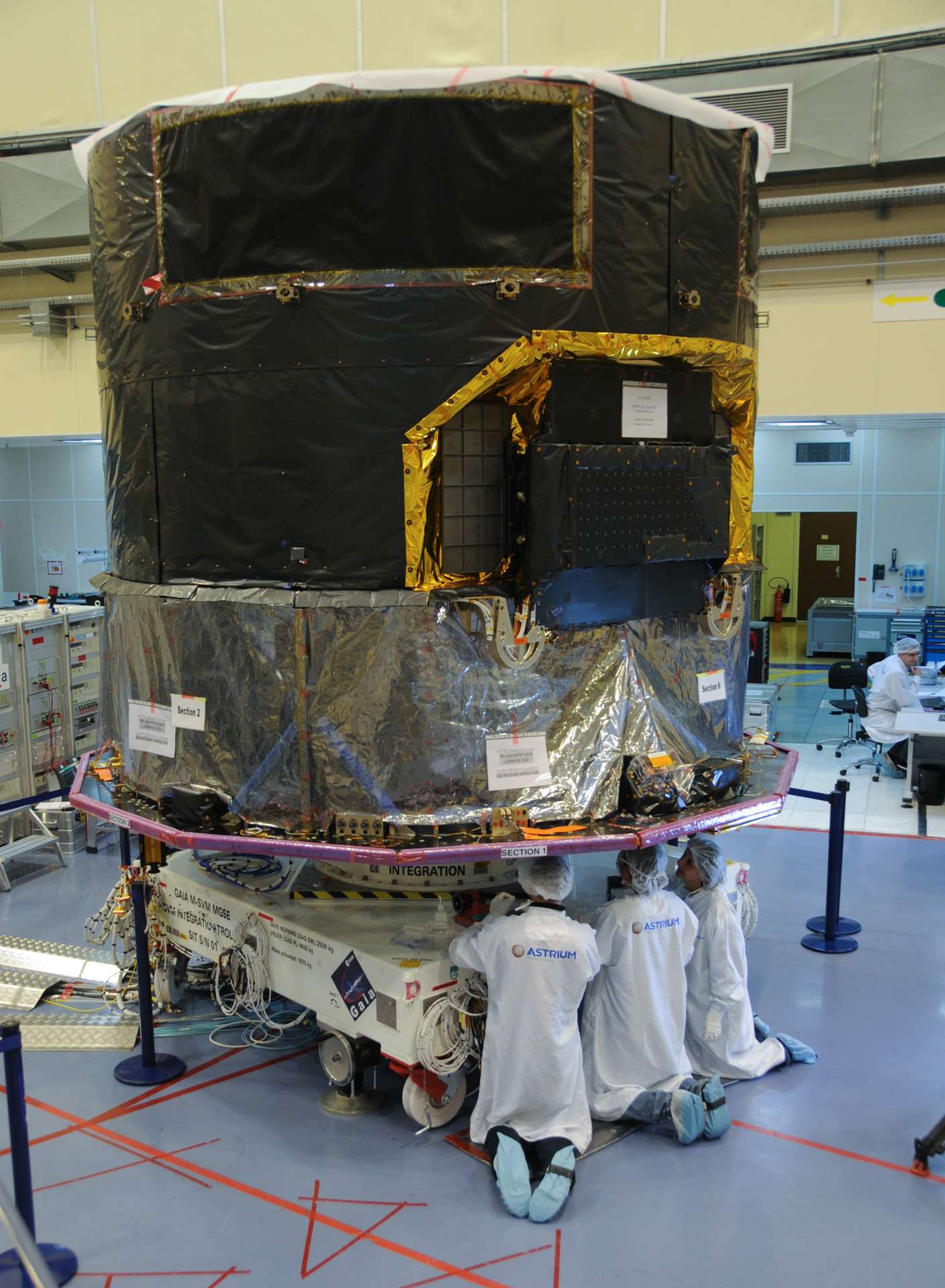

Even stars near the Galactic Centre, some 30 000 light-years away, will have their distances measured to within an accuracy of 20%. The nearest stars will have their distances measured to the extraordinary accuracy of 0.001%.Gaia’s predecessor, Hipparcos, could have measured the diameter of a human hair at a distance of 20 km. For objects 4000 times fainter than the naked eye limit, Gaia is measuring their positions to an accuracy of 24 microarcseconds, comparable to measuring the diameter of a human hair at a distance of 1000 km.Gaia is detecting celestial objects that are a million times fainter than the unaided human eye can see.By comparison, smart phone cameras have around 10 million pixels. Gaia is equipped with the largest digital camera ever carried into space with nearly one billion pixels.Of the objects that Gaia observes, more than 99.9% have never had their distances measured accurately.Two billion stars amounts to about 1 percent of the stars populating the Milky Way.Gaia is observing nearly two billion objects in our galaxy and beyond.Gaia mission facts Gaia: Exploring the multi-dimensional Milky Way Measurement of the acceleration of our Solar System.Improvement of the orbits of near-Earth asteroids.Improved stellar occultation shadow track predictions, massively improving the chance to successfully observe stellar occultations from Earth.Discovery of many new stellar streams and stellar clusters alongside the discovery of more known rare stars, new hypervelocity stars, new asteroids, new exoplanets, empty bubbles in space, and g aseous structures in space.Greater insight into how the Andromeda Galaxy rotates and moves through space.Provision of the highest accuracy survey of asteroids combining their compositions with their orbits.

Revelation that instead of forming alone, our Galaxy merged with another large galaxy early in its life, around 10 billion years ago.Detection of ' starquakes' – tiny motions on the surface of a star that change the shapes of stars, something the observatory was not originally built for.Revelation that part of the Milky Way known as the ‘thick disc’ began forming 13 billion years ago, around 2 billion years earlier than expected, and just 0.8 billion years after the Big Bang.Revelation that white dwarfs, the dead remnants of stars like our Sun, turn into solid spheres as the hot gas inside them cools down.The talk will provide a short historical context and describe the scientific motivation for these missions, outline the essential experimental principles which underpin their measurements, and give an overview of the science objectives, including Gaia's expected yield of many thousands of astrometrically-detected exoplanets.Science highlights to date Gaia’s first asteroid discoveries Launched in 2013 and expected to operate into the next decade, Gaia will represent a revolution in its dynamical stereoscopic mapping of our Galaxy, promising a catalogue of more than a billion stars to 20 magnitude at microarcsec-level accuracy. As a follow-up, ESA accepted the Gaia mission in 2000. Hipparcos delivered its high-accuracy catalogue of 120,000 star distances and space motions in 1997. In his ASP Millennium Essay in 2001, Cavendish Professor Malcolm Longair stated that "It is invidious to single out surveys which I find particularly impressive, but I make an exception for the Hipparcos astrometric satellite". the first time since Sputnik in 1957 that a major new development in space science has come from outside the US". Outside of the astrometric community, it was viewed at the time as fundamental if not particularly exciting, although Freeman Dyson described it as ". Alone amongst the space agencies, ESA made its entry into space astrometry with the adoption of the Hipparcos mission in 1981.


 0 kommentar(er)
0 kommentar(er)
